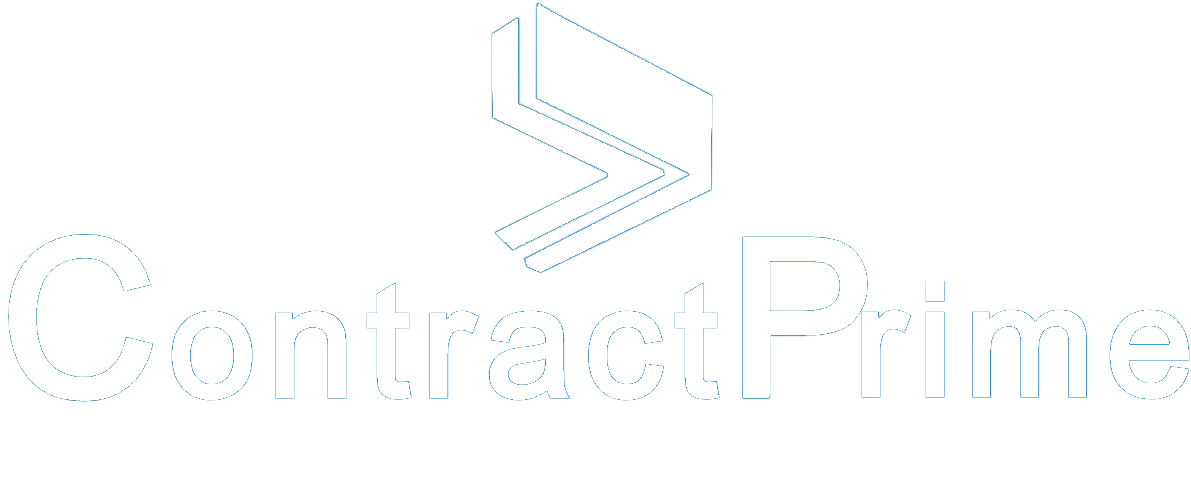Legal Request Management 101 for Inhouse Department
Legal departments are grappling with an ever-increasing volume of legal requests. These requests emanate from various sources, including internal stakeholders, external parties, and regulatory authorities. Efficiently and effectively managing these requests is paramount for legal operations to ensure compliance, mitigate risks, and support the overall objectives of the organization.
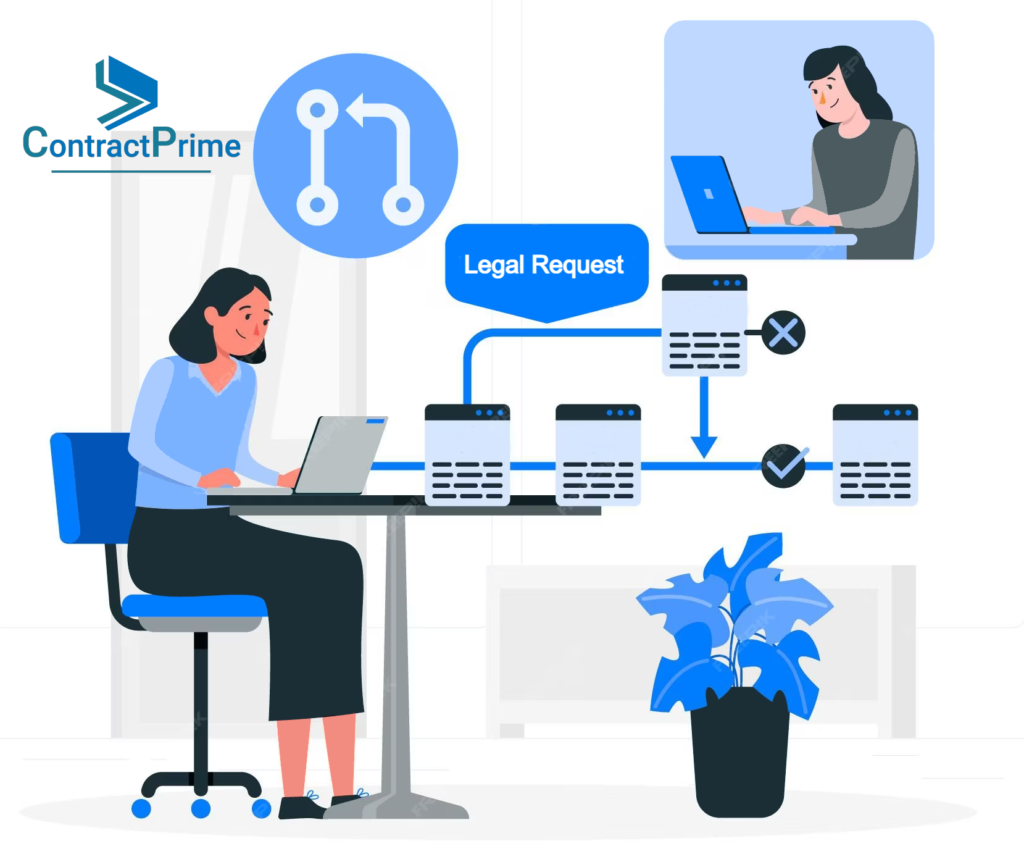
Written by Knowledge Team, posted on September 30, 2023
Exploring effective approaches and recommended methods for overseeing legal requests in the realm of legal operations, with a strong emphasis on leveraging technology to enhance the efficiency of Standard Operating Procedures (SOPs) concerning legal requests initiated by the business.
Understanding the Landscape
Before diving into strategies, it is essential to grasp the spectrum of legal requests typically encountered by legal operations teams. Legal requests encompass a wide range of issues, including litigation, regulatory compliance, contract lifecycle management, intellectual property, data privacy, employment matters, and general legal counsel.
Additionally, businesses often have specific SOPs in place for initiating legal requests, which can vary widely depending on the industry and organization. These SOPs delineate the steps, documentation requirements, and approvals necessary for initiating a legal request within the company.
Now, let’s explore how technology can enhance the management of SOPs for legal requests originating from the business.
Establishing a Digital Request Intake Process
To effectively manage SOPs for legal requests, commence by digitizing the request intake process. This entails creating a centralized platform or portal where business units can effortlessly submit their legal requests while adhering to established SOPs. Key components of this digital intake process include:
User-Friendly Interface
Ensure that the platform is user-friendly and intuitive, facilitating requestors in submitting their requests seamlessly.
Automated Workflow
Implement automated workflows that guide requestors through the SOP steps, ensuring the provision of all required information and documents.
Validation Checks
Utilize technology to conduct validation checks, flagging incomplete requests and providing real-time feedback to requestors.
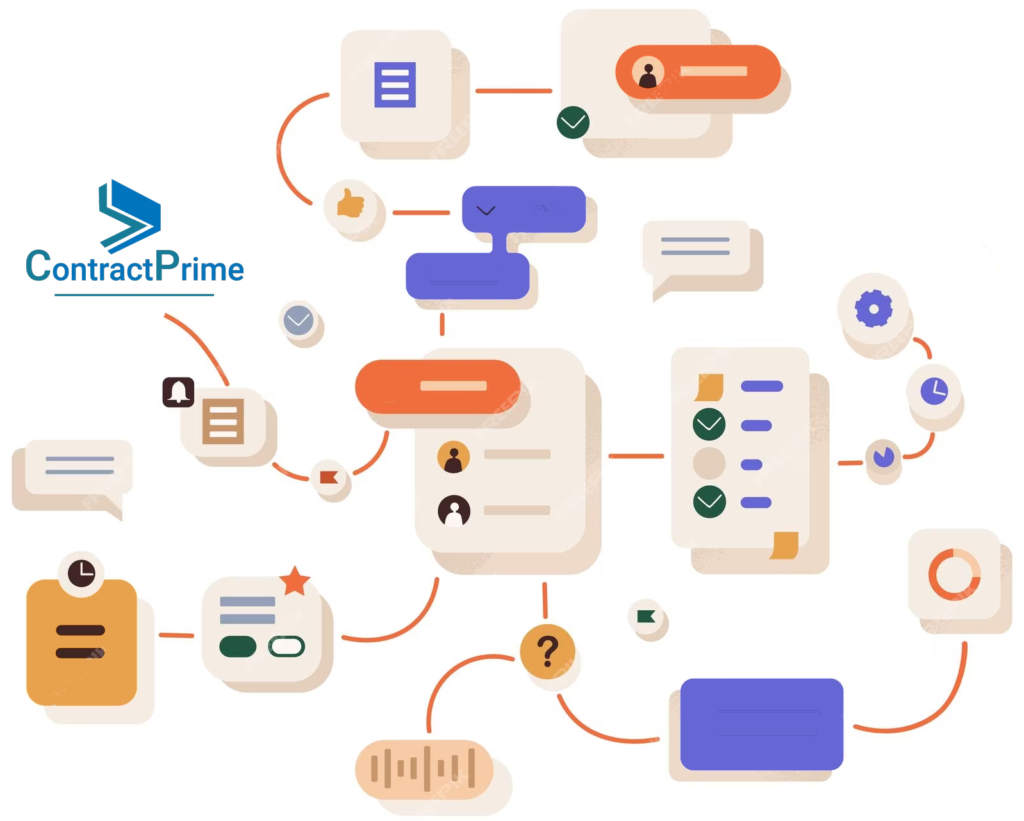
Establishing a Digital Request Intake Process
Efficient SOP management often entails handling various documents and records. Integrate your digital request intake system with a robust document management system (DMS) to:
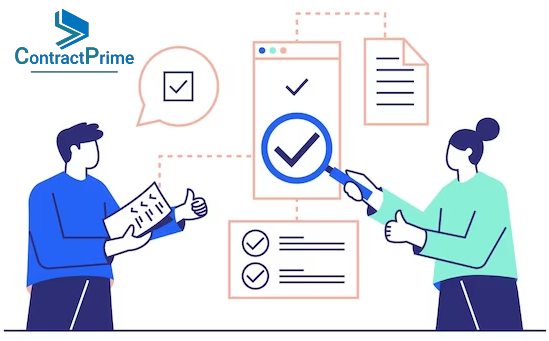
Securely Store Documents
Centralize SOPs, templates, and supporting documents in a secure repository with robust version control and easy access.
Automate Document Retrieval
Implement document search and retrieval capabilities within the request management platform, reducing manual effort.
Link Documents to Requests
Directly associate relevant documents with the corresponding request, simplifying access for legal professionals.
Leverage Workflow Automation
Harness workflow automation tools to streamline the SOP management process. These tools can:
Automate Approvals
Configure automated approval processes based on the organization’s hierarchy, ensuring requests follow the proper chain of command.
Task Assignments
Automatically assign tasks to legal team members responsible for handling specific types of requests, enhancing efficiency.
Notification System
Implement a notification system that dispatches alerts and reminders to requestors, approvers, and legal professionals, minimizing delays.
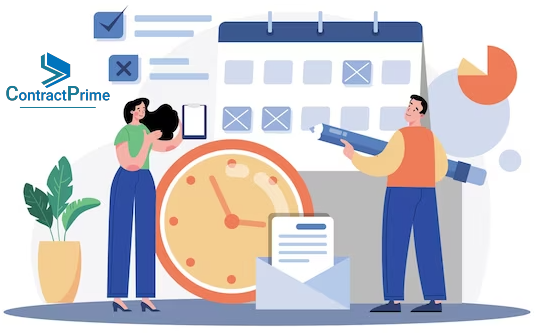
Reporting and Analytics
Technology offers valuable insights into the efficiency and effectiveness of your SOP management for legal requests. Utilize analytics tools to:

Monitor Performance
Track key performance metrics, such as request processing times, approval bottlenecks, and requestor satisfaction.
Identify Trends
Analyze data to pinpoint recurring types of requests or areas where SOPs might require refinement.
Resource Allocation
Make data-driven decisions about resource allocation based on the volume and complexity of requests.
Enhanced Security and Compliance
Safeguarding sensitive legal information is paramount. Implement security measures such as:
Access Controls
Restrict access to sensitive documents and information to authorized personnel only.
Data Encryption
Employ encryption technologies to secure data in transit and at rest.
Compliance Auditing
Regularly audit the system to ensure compliance with data protection and privacy regulations.
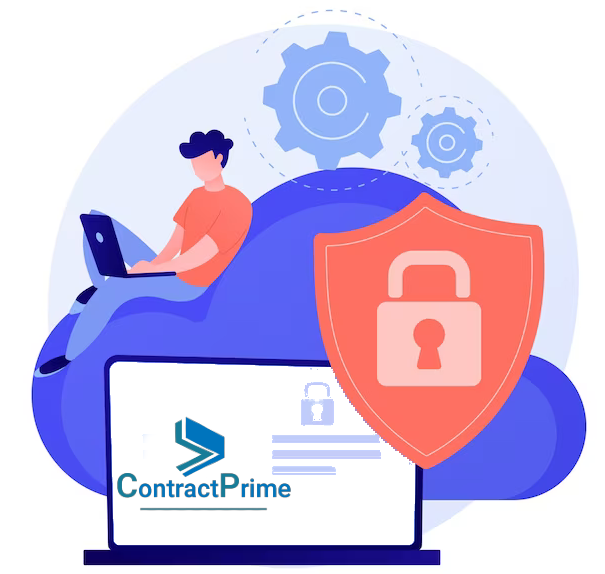
User Training and Support
Successful technology adoption hinges on well-trained and supported users. Offer comprehensive training on the digital request management system and provide ongoing support to address questions and concerns.
Conclusion
Efficiently managing SOPs for legal requests originating from the business is vital for ensuring compliance, mitigating legal risks, and streamlining operations. By leveraging technology solutions to digitize request intake, integrate with document management systems, automate workflows, analyze performance, enhance security, and provide user training and support, legal departments can optimize their SOP management processes.
In today’s digital age, the synergy between technology and legal operations is indispensable for staying competitive and responsive to evolving business needs. As legal operations continue to evolve, embracing technology remains pivotal for efficiently managing legal requests within the organization.
